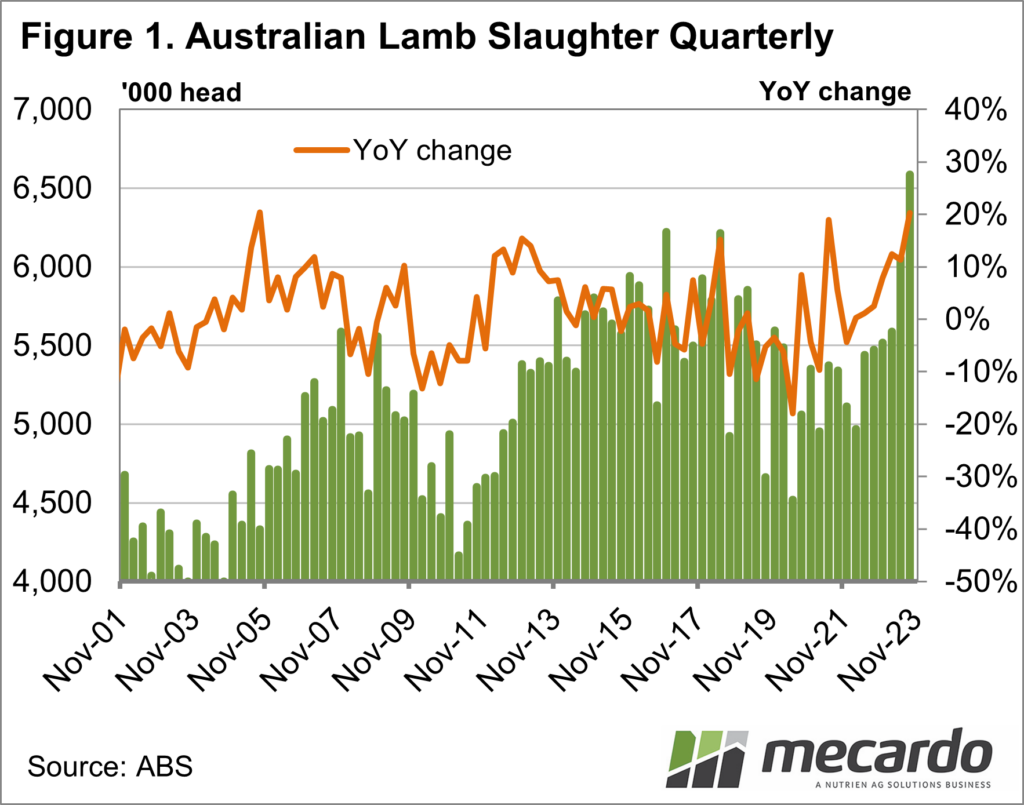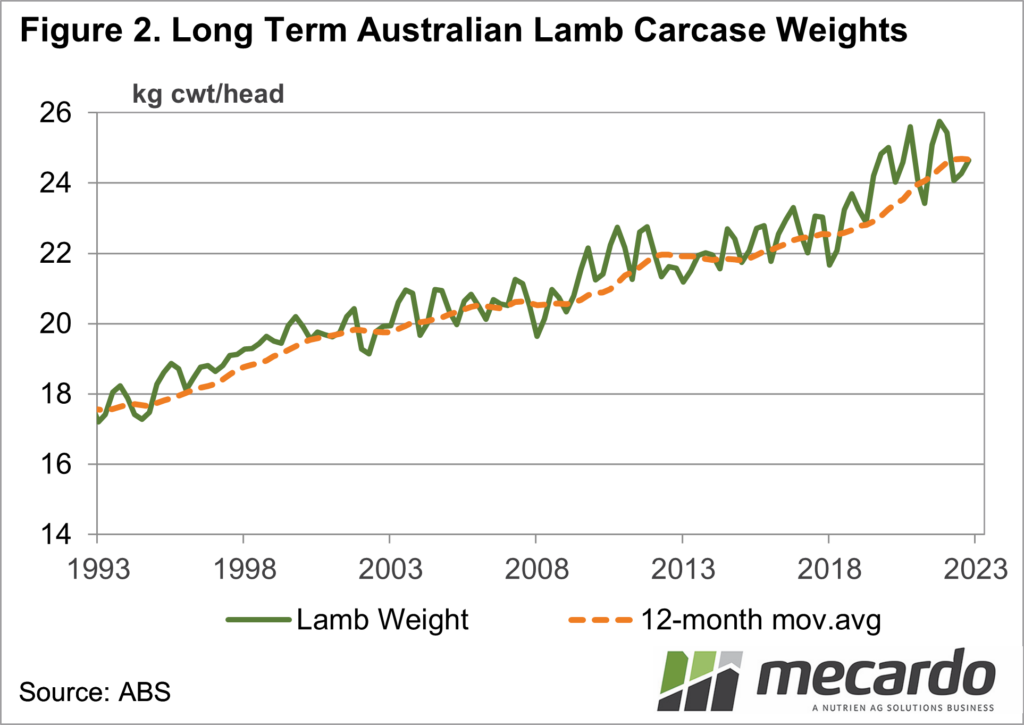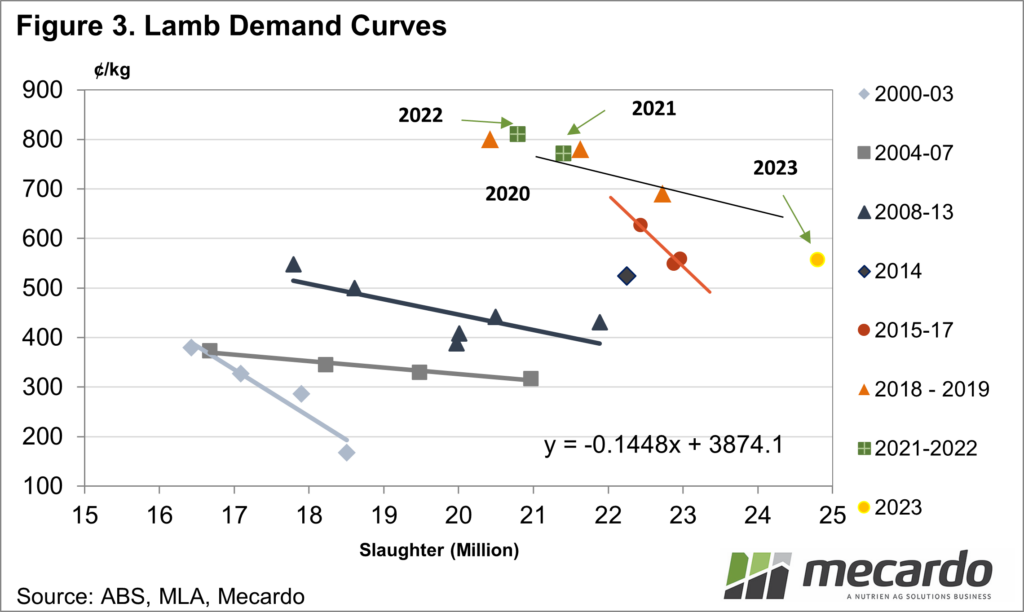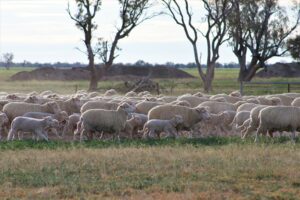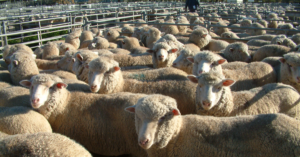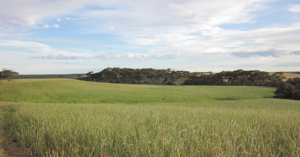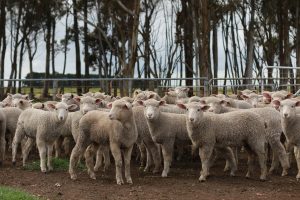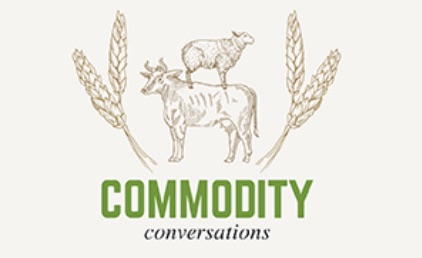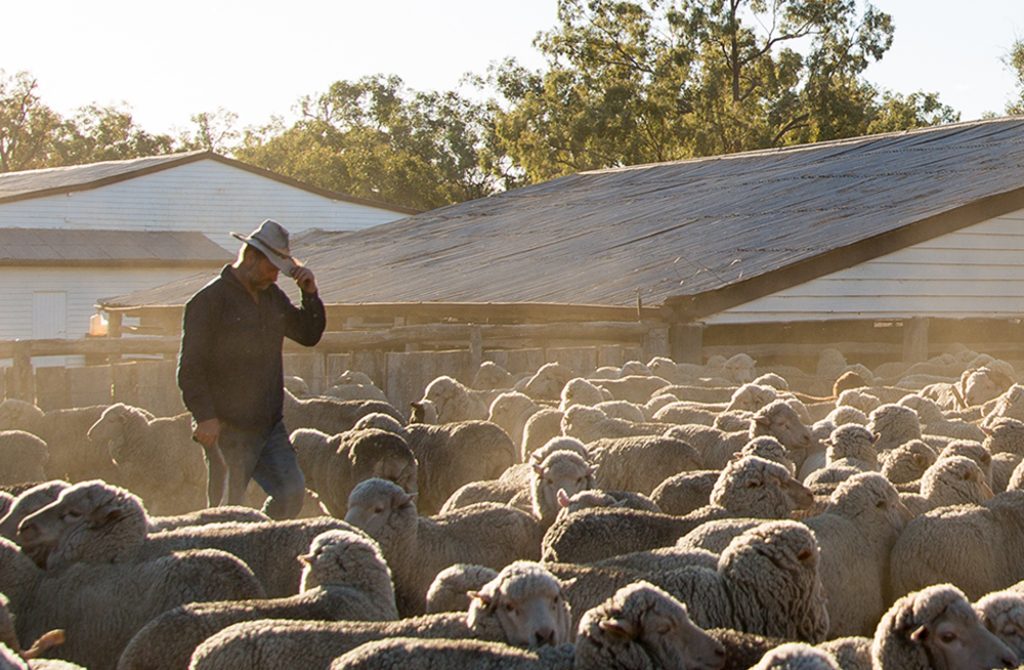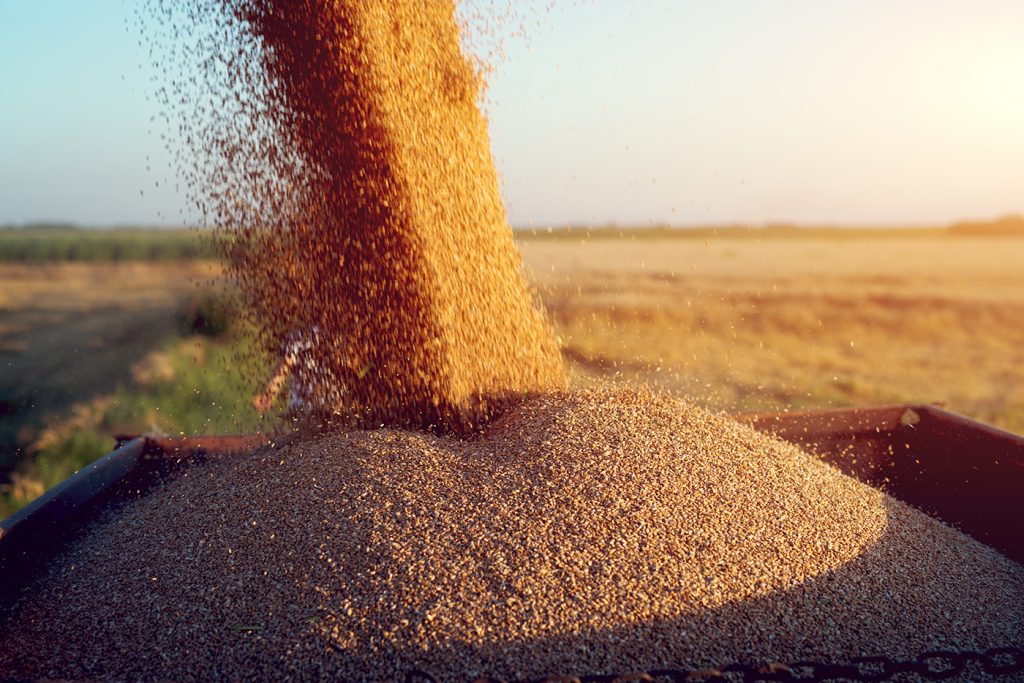The Australian Bureau of Statistics (ABS) released its quarterly Livestock Products report last week, and while we can get some indications from weekly data, the quarterly government data allows us to delve deeper. There were some significant records broken in September.
The previous high
water mark for lamb slaughter was set in the December 2016 quarter, but it was
‘only’ 6.2 million head. Needless to say,
September lamb supply was extreme. NSW
and Victoria were the drivers of the record, both easily outstripping previous
highs. WA and SA didn’t even record
highs for this year, let alone all-time records.
The spread between the
states is interesting. The big flock
growth came in NSW, and now the lambs are coming back into slaughter in NSW and
Victoria. SA and WA supply trends were
more in line with seasonal movements.
The data that we get
from the ABS, which we can’t get anywhere else, is slaughter weights. Lamb slaughter weights continued to trend
lower, with the national average in September pegged at 24.4kg/ head, down 4%
on 2022 (Figure 2), and up marginally on June.
Victoria drove the
lower weights, down 5% on last year at 24 kg/head, with assistance from WA,
down 7% to 23 kg/head, albeit on much smaller volumes. We’ve been talking about the shifting export
markets, and lower slaughter weights are to be expected.
Figure 3 is a chart we
like to wheel out occasionally as an indicator of lamb demand. It measures annual price versus annual
slaughter, and the ‘demand curves’ created seem remarkably accurate. The 2023 point slaughter is the number to
date, plus the assumption that the December quarter will be roughly equal to
September. The price which pops out is
557¢/kg cwt. The average ESTLI for the
year to date is 599¢, so we might be close by the end of the year.
If we take September
slaughter rates and multiply by four, to get an annual rate of 2.6 million head,
the price comes out as 480¢/kg cwt.
What does it mean?
The key point from the ABS data is just how strong lamb slaughter has been. Meat and Livestock Australia’s (MLA) most recent forecast for lamb slaughter in 2023 was 21.9 million head. We are headed for 24.8 million. Where have these extra lambs come from? Anecdotally we are hearing plenty of future breeders have gone to slaughter, and this fits with the timing of slaughter. A big September quarter is unusual. This will have ramifications down the track.
The demand curve suggests that supply is the major issue for price, with demand relatively steady at historically strong levels. This is good news, as it suggests that when supply adjusts, prices will come back.
Have any questions or comments?
Key Points
- The ABS quarterly data shows a new record for lamb slaughter in September.
- Slaughter weights were down, in line with shifting export markets.
- The unexpectedly large increase in lamb slaughter suggests future breeders are exiting the system.
Click on figure to expand
Click on figure to expand
Click on figure to expand
Data sources: ABS, MLA, Mecardo





